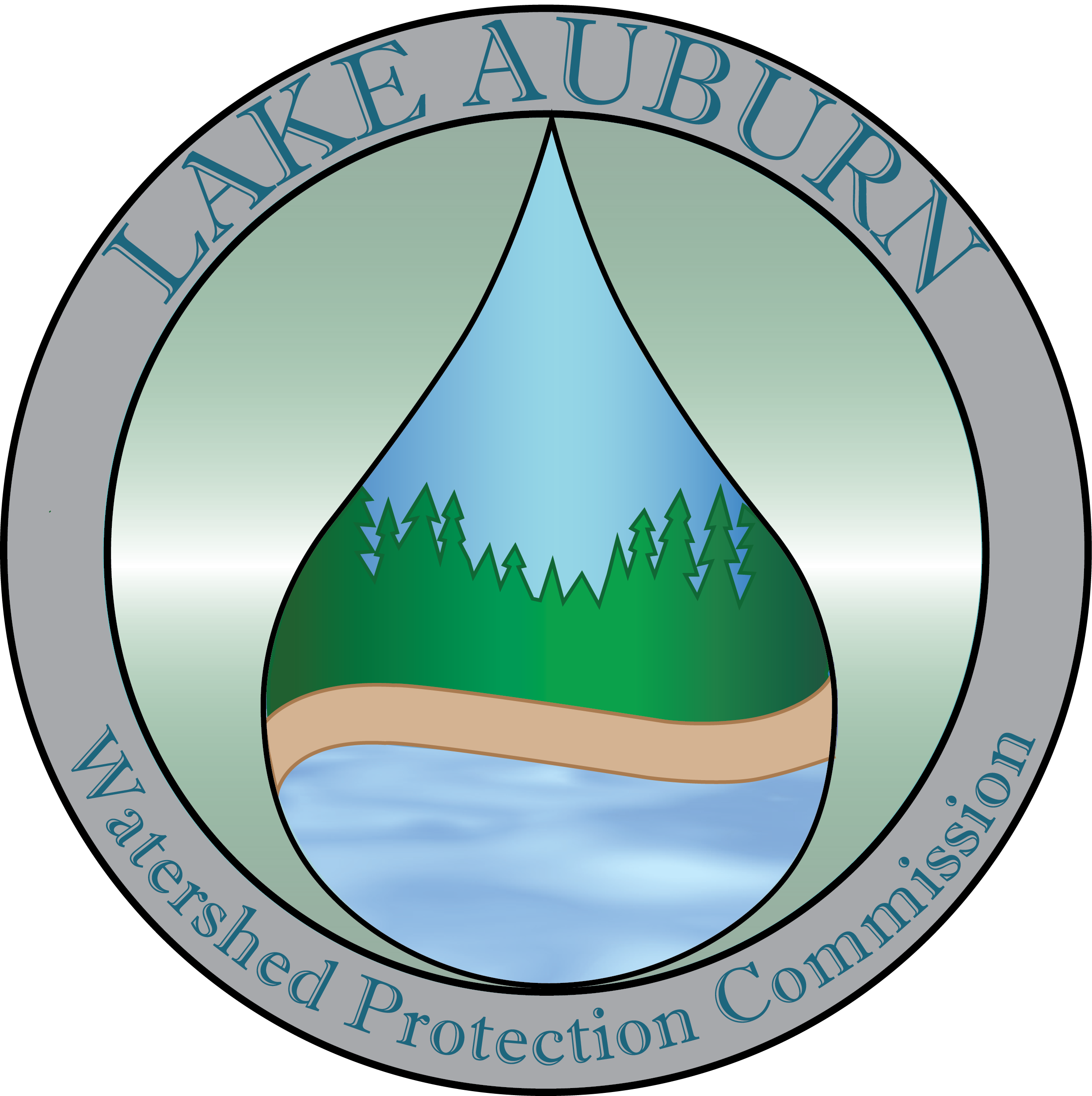LAWPC’s Septic Program
LAWPC Septic Inspection Program Information. View Here.
Septic Inspection Reimbursement Form. View Here.
Lake Auburn Newsletter
September 2025. View Here.
What does Lake Auburn mean to you?
Lake Auburn provides clean drinking water to 39,000 residents in the cities of Lewiston and Auburn. This water goes to homes, schools, local businesses, and more. Lake Auburn is much more than just a lake, it is a source of drinking water, life, and community. Follow the website to tell us What does Lake Auburn mean to you? or tell us at one of our events!
Check out this Drone Footage from Bates students and faculty!
The video showcases Lake Auburn and the proposed multi-use trail and outdoor learning center.
About Lake Auburn’s Watershed
The source of drinking water for Lewiston and Auburn
About 2/3rds of Lake Auburn’s water flows from the watershed; the remaining third comes from precipitation: 34% from rain on the surface, 31% from springs/groundwater, 35% from surface flow from tributaries and basins.
- As water flows across the surface of the land, it picks up and carries with it whatever it encounters; including pollutants and nutrients like phosphorus.
- Phosphorus is found in exposed soil, fertilizers, animal wastes.
- Algae grow when fed with nutrients- the greater the supply of nutrients, the faster the algae can grow.
- A quick growth of algae is called a bloom. A bloom not only grows fast, it also dies fast. A large growth of algae will use up a lot of oxygen when it dies and decomposes. Low oxygen levels cause problems for fish and other aquatic life.
- Lake Auburn’s watershed consists of about 15 square miles located in 5 different towns.
Lake Auburn’s high quality of water in the lake has entitled it to a waiver from filtration from the EPA making it one of 10 water utilities in Maine to have earned a waiver from filtration.
- The waiver allows Auburn Water District to keep costs down for customers. However, to keep the waiver and therefore the lesser costs for treatment, the water quality must remain exceptional.
- The only absolute method to keep pathogens and pollutants from drinking water is to prevent them from entering the source.
